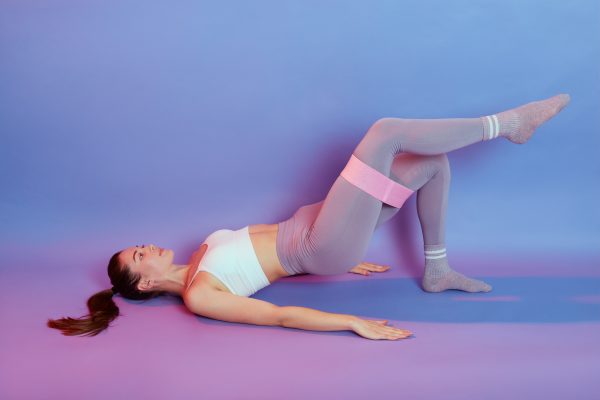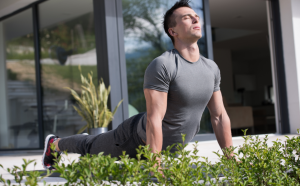The Best Exercises for Building Lower Body Strength
A strong lower body is essential for overall fitness, improved performance, and injury prevention. Whether you’re an athlete, fitness enthusiast, or just someone looking to build strength and stability, incorporating the right exercises into your routine will help you develop powerful legs and glutes. Strengthening the lower body also improves mobility, balance, and endurance, making everyday movements like walking, climbing stairs, and lifting objects easier.
Why Lower Body Strength Matters
Your lower body consists of major muscle groups, including the quadriceps, hamstrings, glutes, calves, and hip flexors. These muscles are crucial in maintaining proper posture, enhancing athletic performance, and preventing injuries. A well-conditioned lower body supports the spine, reduces strain on the knees, and helps generate explosive power for activities like running, jumping, and lifting.
Below are the best exercises to build lower body strength effectively.
1. Squats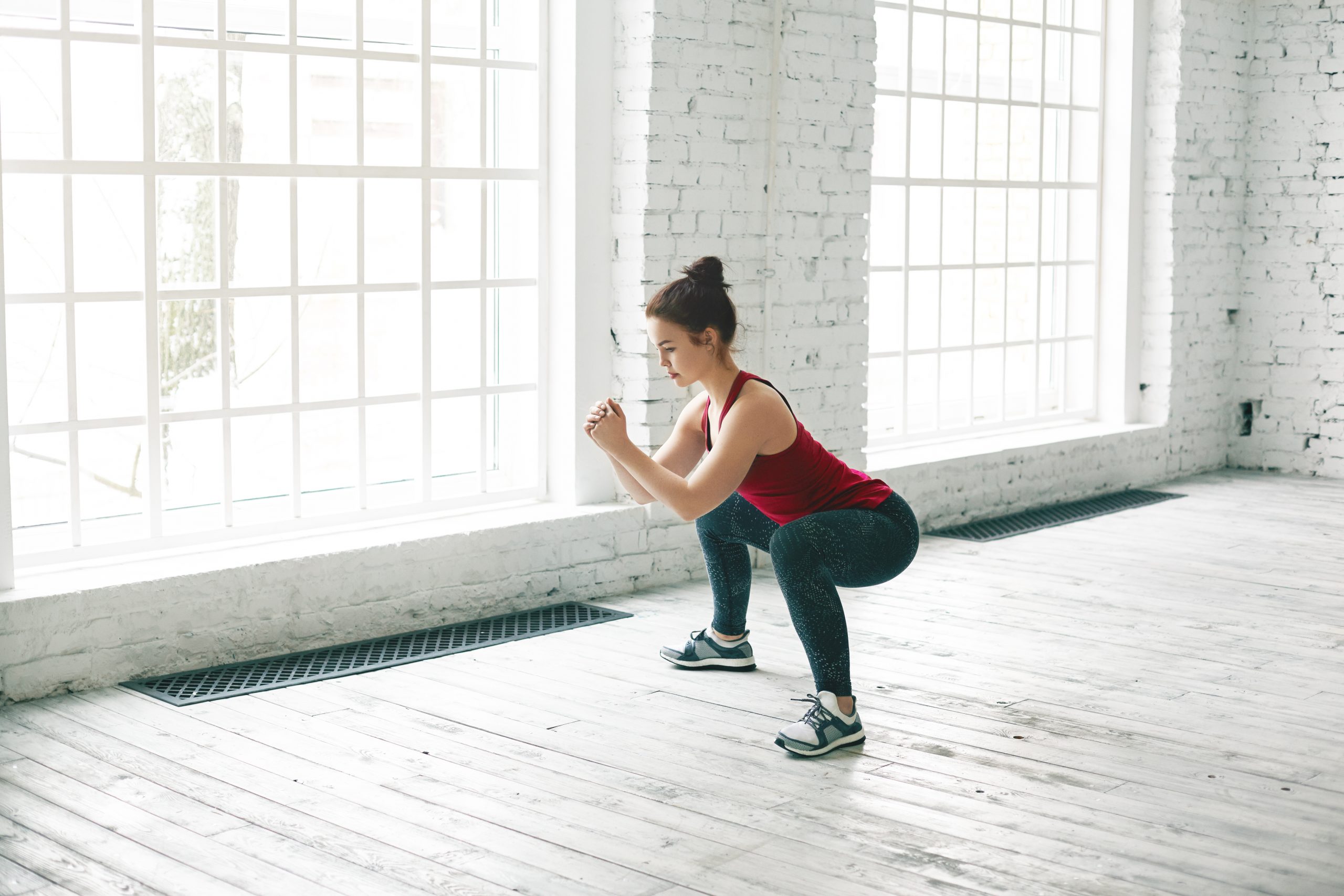
Squats are often considered the king of lower body exercises because they engage multiple muscle groups, including the quadriceps, hamstrings, glutes, and core. Squats not only build muscle but also improve flexibility and balance.
- How to Perform:
Stand with your feet shoulder-width apart.
Lower your body by bending your knees and pushing your hips back as if sitting into an invisible chair.
Keep your chest up, back straight, and knees aligned with your toes.
Push through your heels to return to a standing position. -
Variations:
Goblet Squat: Hold a dumbbell close to your chest for added resistance.
Sumo Squat: Widen your stance and turn your toes slightly outward to emphasize the inner thighs.
Bulgarian Split Squat: Elevate one foot on a bench behind you for increased difficulty and better glute activation.
2. Deadlifts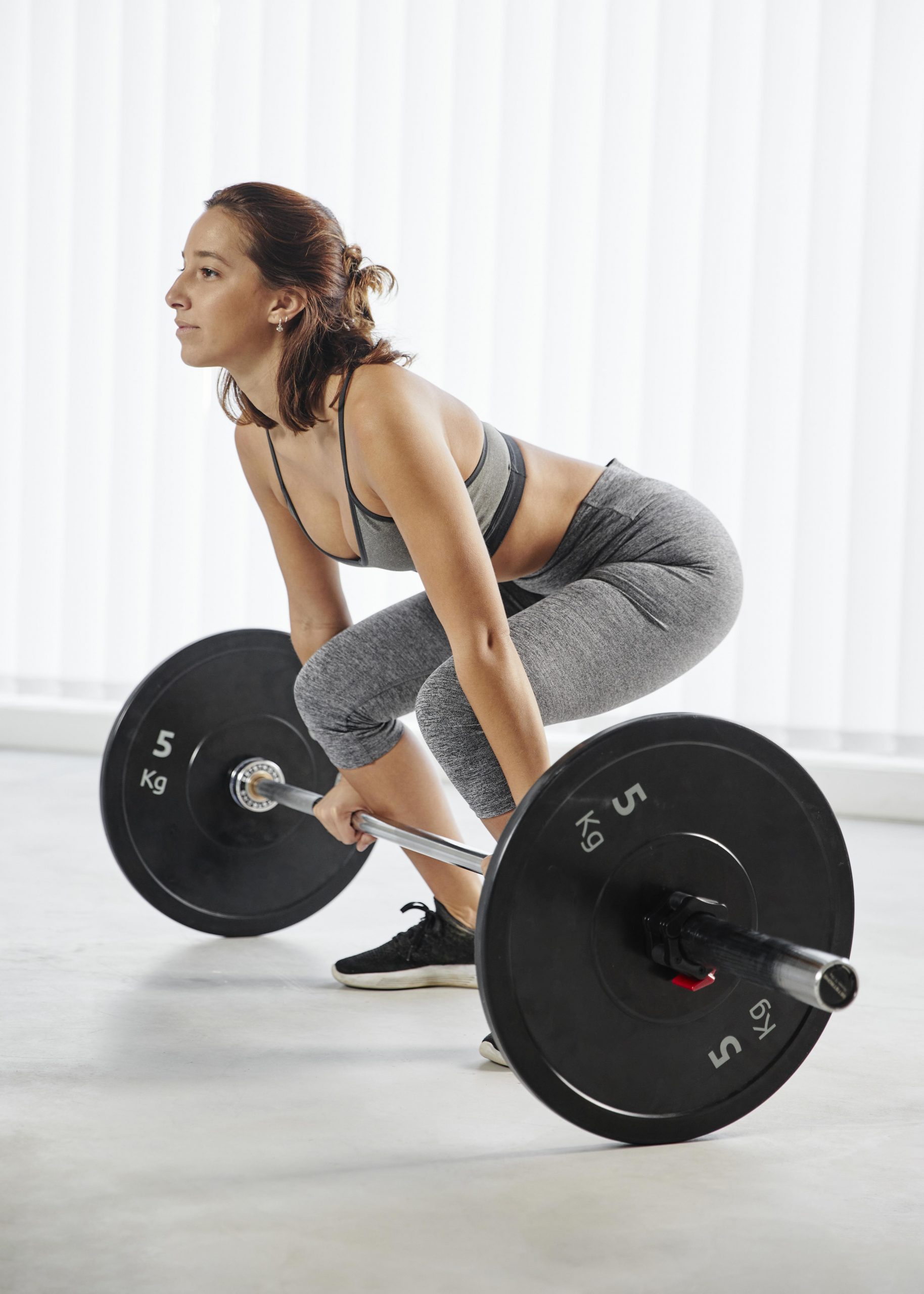
Deadlifts are a powerhouse exercise that primarily targets the posterior chain, including the hamstrings, glutes, lower back, and core. This movement enhances strength, power, and posture while reducing the risk of back injuries.
-
How to Perform:
Stand with your feet hip-width apart and a barbell (or dumbbells) in front of you.
Hinge at your hips, keeping your back straight, and lower your torso toward the ground.
Grip the barbell with an overhand or mixed grip.
Engage your core, drive through your heels, and lift the weight by straightening your hips and knees.
Lower the weight back down with control. - Variations:
Romanian Deadlift: Focuses more on hamstring activation.
Sumo Deadlift: Wider stance targeting glutes and inner thighs.
Single-Leg Deadlift: Improves balance and strengthens stabilizing muscles.
3. Lunges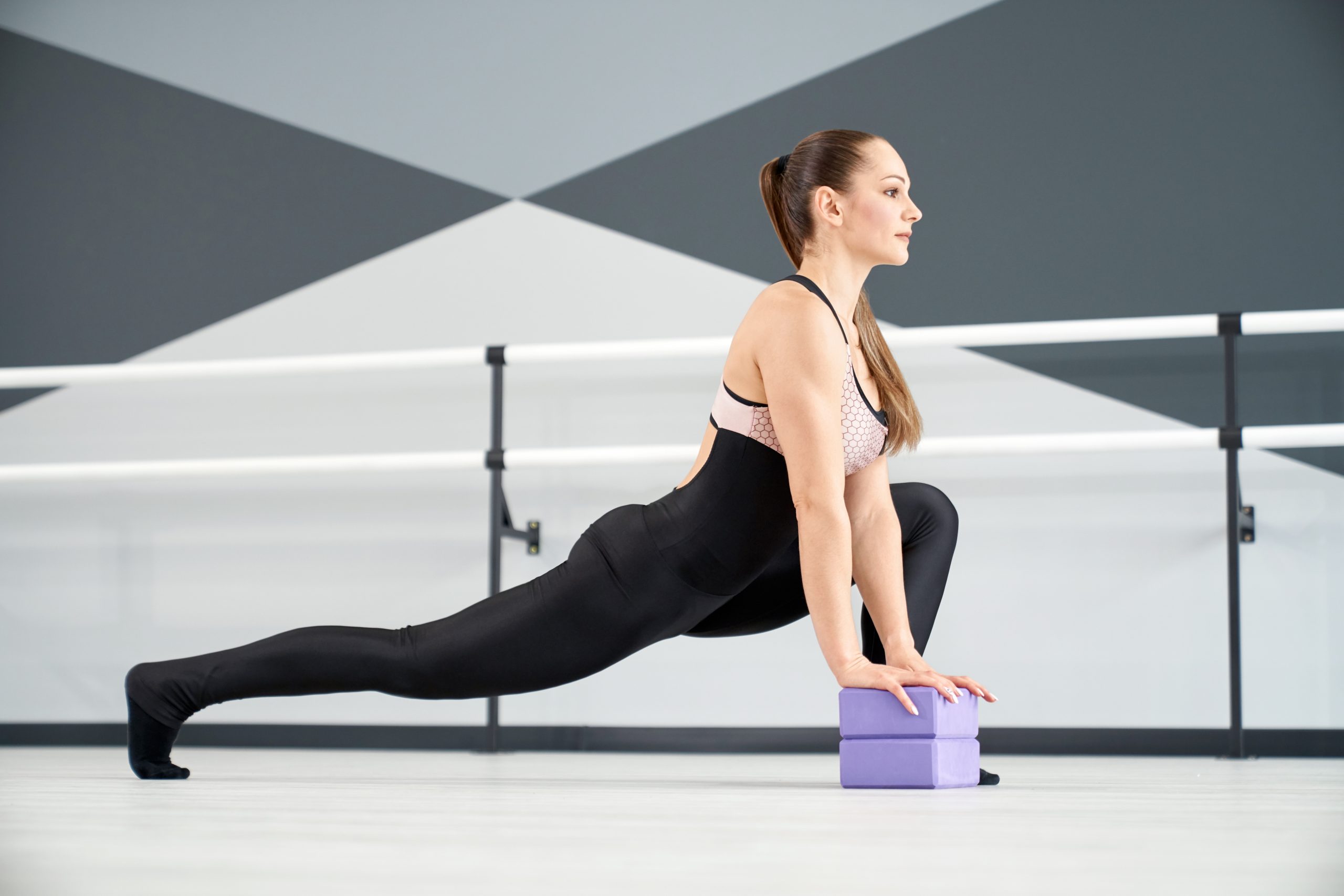
Lunges are great for developing unilateral strength, improving balance, and enhancing mobility. They work the quadriceps, hamstrings, and glutes, helping to correct muscular imbalances between legs.
-
How to Perform:
Stand tall and step forward with one leg.
Lower your hips until both knees form a 90-degree angle.
Keep your chest up and your core engaged.
Push through your front heel to return to the starting position.
Repeat on the other leg. - Variations:
Reverse Lunge: Puts less stress on the knees.
Walking Lunge: Adds a dynamic element for extra conditioning.
Lateral Lunge: Targets the inner and outer thighs.
4. Step-Ups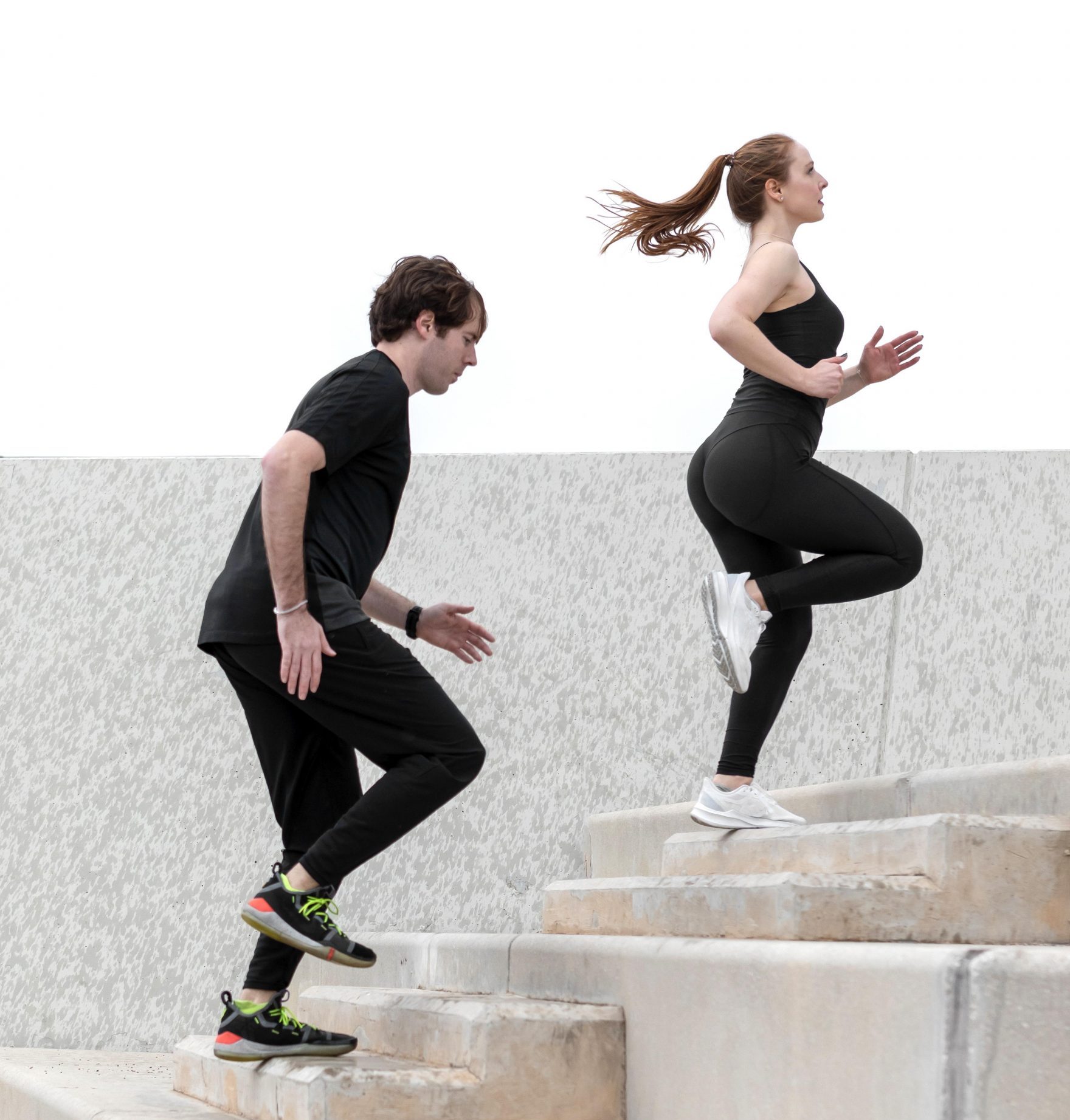
Step-ups are an excellent functional exercise that mimics real-life movements like climbing stairs. They strengthen the legs and glutes while improving coordination and balance.
-
How to Perform:
Stand in front of a sturdy bench or step.
Place one foot on the step and push through the heel to lift yourself up.
Bring the other leg up and then step back down.
Repeat on the other leg. - Variations:
Weighted Step-Ups: Hold dumbbells for added resistance.
Explosive Step-Ups: Add a jump for power development.
5. Glute Bridges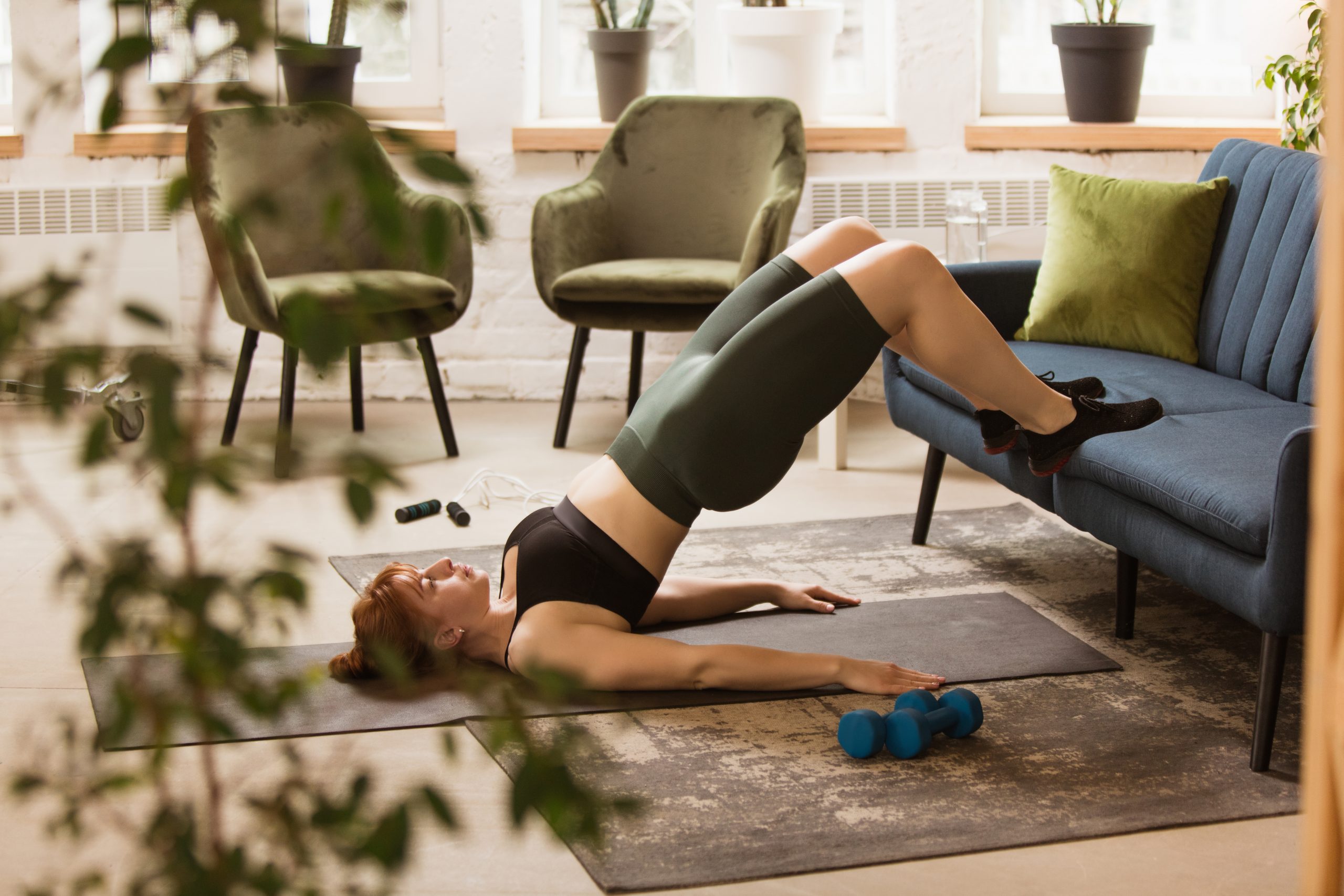
Glute bridges activate and strengthen the glutes and hamstrings while reducing lower back strain. They are essential for improving hip mobility and core stability.
-
How to Perform:
Lie on your back with your knees bent and feet flat on the floor.
Engage your core and press through your heels to lift your hips toward the ceiling.
Squeeze your glutes at the top and slowly lower back down. - Variations:
Single-Leg Glute Bridge: Adds intensity and balance.
Barbell Hip Thrust: Uses additional weight for greater resistance.
6. Calf Raises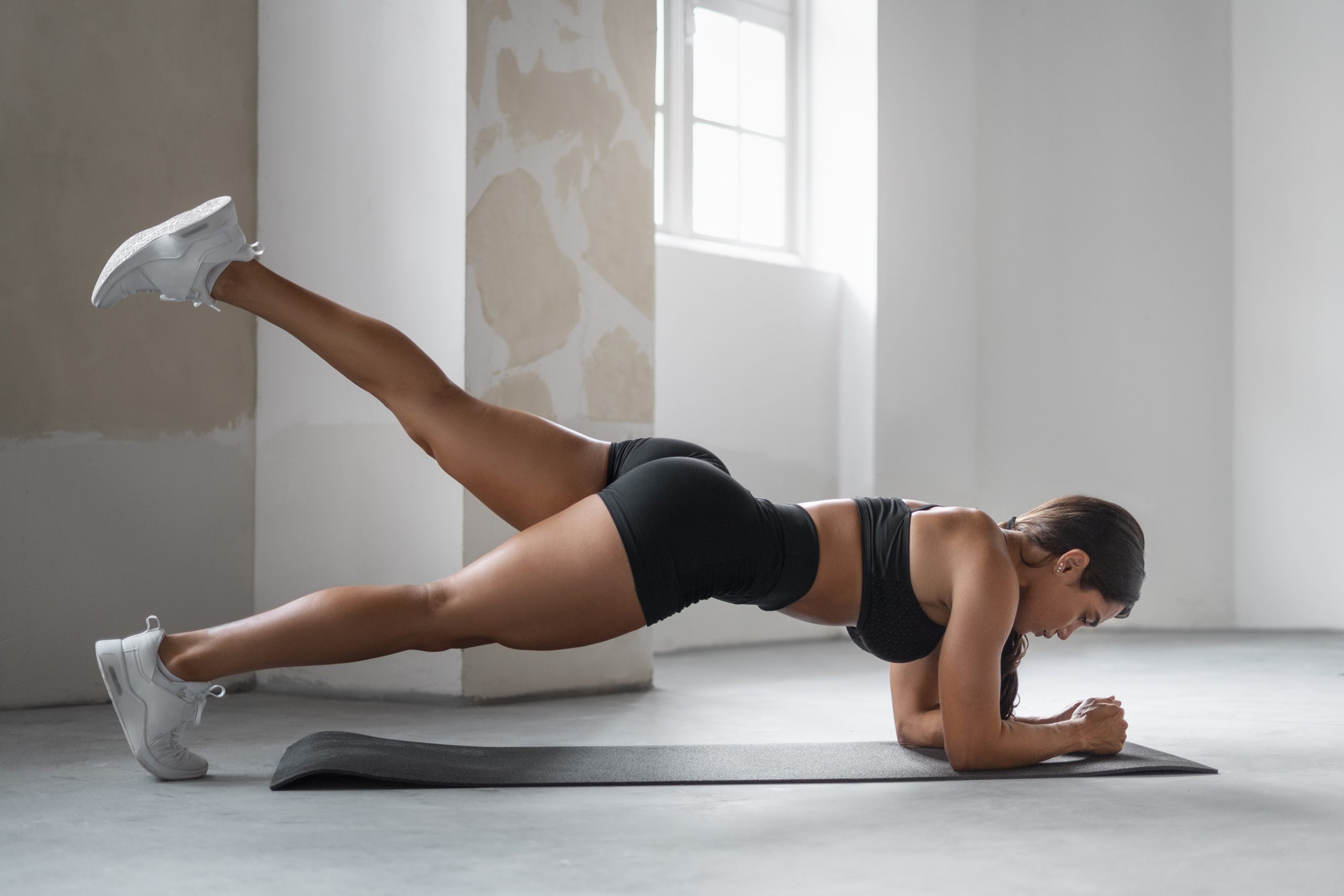
Calf raises help build ankle stability, improve running efficiency, and enhance lower leg endurance.
-
How to Perform:
Stand tall with your feet hip-width apart.
Raise your heels off the ground, balancing on the balls of your feet.
Hold for a second, then slowly lower back down. - Variations:
Seated Calf Raises: Focus on the soleus muscle.
Single-Leg Calf Raises: Improves balance and strength.
Workout Plan for Lower Body Strength
Here’s a simple weekly routine incorporating these exercises:
- Day 1: Strength Focus
Squats – 4 sets of 8-12 reps
Deadlifts – 3 sets of 8-10 reps
Glute Bridges – 3 sets of 12 reps
Calf Raises – 3 sets of 15 reps - Day 2: Functional & Balance Training
Step-Ups – 3 sets of 12 reps per leg
Bulgarian Split Squats – 3 sets of 10 reps per leg
Lunges – 3 sets of 12 reps per leg
Single-Leg Deadlifts – 3 sets of 10 reps per leg - Day 3: Power & Conditioning
Explosive Step-Ups – 3 sets of 10 reps per leg
Jump Squats – 3 sets of 12 reps
Sled Pushes or Farmer’s Walk – 3 sets
Lateral Lunges – 3 sets of 10 reps per leg
Conclusion
Incorporating these exercises into your fitness routine will help you build lower body strength, enhance athletic performance, and improve overall stability. Strengthening your lower body is not just about aesthetics; it’s about functional movement, injury prevention, and boosting your daily life activities. Start with proper form, gradually increase resistance, and stay consistent to see the best results!

